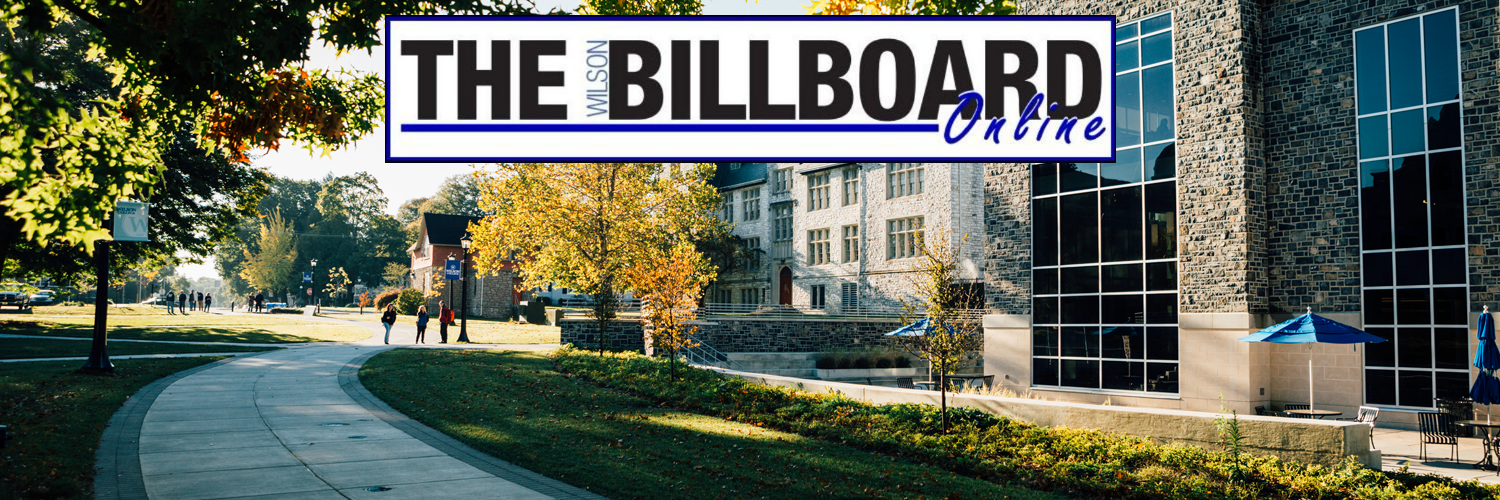State College Faculty Fight for Fair Contract
By Kirsten Bilger
On Wednesday, Oct. 19, at 4:50 a.m., state owned colleges made an announcement that they would go on strike. This strike affected a total of fourteen colleges: Bloomsburg, California, Cheyney, Clarion, East Stroudsburg, Edinboro, Indiana, Kutztown, Lock Haven, Mansfield, Millersville, Shippensburg, Slippery Rock and West Chester universities of Pennsylvania. More than 100,000 students were affected by this strike. At 5:00 a.m., faculty at these colleges began their march at the entrance, picketing and chanting for better pay and better healthcare benefits.
The union, which is made up of the fourteen colleges, tried to negotiate with the Association of Pennsylvania State College and University Faculties (APSCUF) about their contracts, but to no avail. Some agreements were made such as retirement issues and how professors were to act outside of a classroom. However, an agreement could not be made on issues such as raises and health care packages, which led to the colleges going on strike. The union and APSCUF negotiated for a year and by Oct. 17, there were still issues that were not getting resolved. Late that night, solutions were yet to be made so the union took it upon themselves to take action: go on strike.
None of the colleges wanted to go on strike due to it being the middle of semester, but since no agreement could be made, it was for their best interest to do so, along with the best interest of the students. The union believes in keeping tuition costs affordable for students, but if an agreement could not be made, it would affect the cost. The campuses were not shut down completely so the students still had places to eat and places to study. College presidents encouraged students to continue going to their classes unless the professor stated otherwise.
Although the faculty was on strike, they let their students know that they would have their phones to receive calls.
Mixed emotions arose from students as the strike began. With it being the middle of the semester, students felt the strike was ill-timed since there was a chance that they would go without classes until the strike was over. While some students felt that this strike was unnecessary and a waste of time, others supported it. Those students who supported the strike brought faculty donuts and drinks and those at Shippensburg University gathered around to show their support for their fellow professors. Brandon Morgan, a student at Shippensburg University, says, “I support the strike, but at the same time I don’t. The teachers deserve more and they had to do what was best for them. They had needs that weren’t being met so they took action.”
While the strike was in progress, it was unclear on how long it would last. Speculations were made that it would last only a few days, a week, or even a month. It quickly became a concern for students as to what would happen if the strike lasted for the rest of the semester, especially for those who are due to graduate. If the strike lasted this long, would the students be reimbursed for the semester? What would happen to those who were set to graduate? Thankfully, the students did not have to find out since the strike only lasted for three days. Morgan says, “The timing worked out since we had fall break that Monday and Tuesday prior to the strike. We got an extended break, but we had to play catch up to get back on track with classes.”
The strike came to an end on Friday, Oct. 21 and classes resumed the following Monday. Negotiations are to continue to resolve any issues that are left. This strike shows that the union is serious about what they do and how it affects their students.

